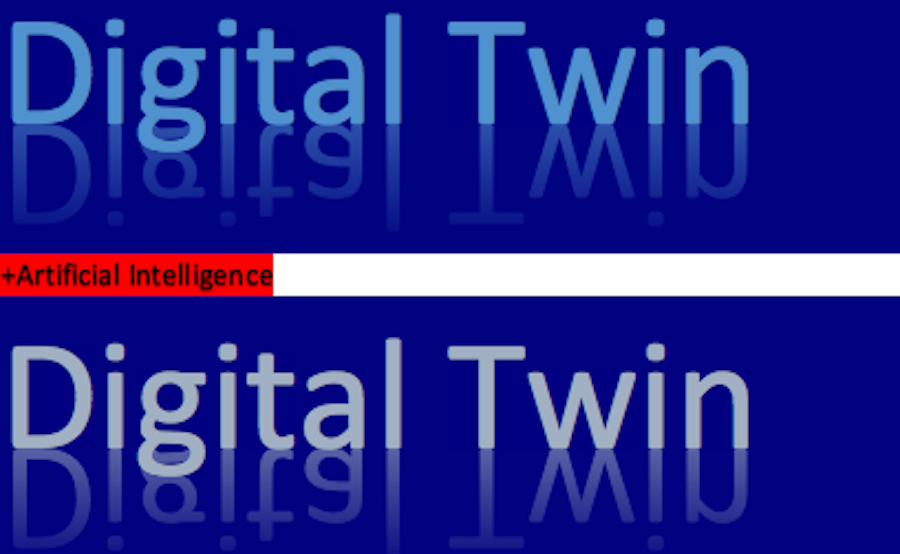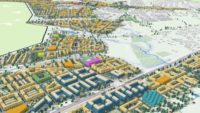The “digital twin” is a trending concept in our industry, but we didn’t invent it. The industrial manufacturing sector first introduced the term “digital twins” to describe digital representations of physical objects. Manufacturers used digital twins to anticipate production problems and collect real-time feedback from their plants, saving significant time and money.
“With many large construction projects running up to 80% over budget and taking 20% longer to finish than scheduled, digital twins represent a powerful new tool for improving performance.”
Sound familiar? The construction industry has been trying to leverage the use of digital twins for the same reasons. With many large construction projects running up to 80% over budget and taking 20% longer to finish than scheduled, digital twins represent a powerful new tool for improving performance.
To date, digital twins have relied heavily on two parameters: resolution and completeness. Resolution refers to how detailed the model might be. For example, are you able to measure the square footage of installed drywall? Completeness, on the other hand, measures how much of the job site is digitally captured. Does the digital twin capture just the building envelope or does it capture every vantage point of the project?
While these parameters are critical to a digital twin’s success, they leave out a new, third dimension that proves just as important: frequency. Time is a key component of construction management and documentation. A digital twin that isn’t versioned, or isn’t versioned frequently, fails to capture the essence of construction itself—creating something that wasn’t there at a previous point in time. Things move fast on a jobsite.
Recently, technology and software capabilities have advanced to a point that a high-frequency digital twin is now possible. Such a model can now be updated weekly, or even daily, from groundbreaking through closeout and beyond.
Bringing time into the picture offers several benefits to project teams using digital twins. First is the promise of more accurate payments. With more frequent updates, subcontractors can be paid according to the exact amount of work completed each month, with visual documentation to back it up.
The second major benefit is better incident tracking. Let’s say a safety issue occurs on a Wednesday and is reported the next time the worker visits the job site the following Monday. Project teams will need to assess the conditions of the job site when the accident happened—not when it was reported. This can only be achieved if the digital twin has frequent updates.
High-frequency digital twins also help construction managers monitor defects and maintain quality control more effectively. As we all know (or have learned the hard way), quality issues can appear days, weeks or years after a project is completed. You want to be able to review the ground truth of what happened during construction with ease—and without encountering gaps in your twin’s documentation after the fact.
The major benefit is related to the key driver of cost in the Total Cost of Ownership of a building or civil infrastructure project: maintenance and periodic inspections. The main question becomes, how can you automatically spot deficiencies or changes from the last inspection? With increased frequency, change detection becomes a reality.
The promise of high-frequency digital twins looms large, but there is still a way to go before these models are mainstream. To achieve daily or weekly frequency, the technology needs to be extremely easy to use. After all, you can’t tie up field teams by asking them to conduct manual imaging every day. The technology also needs to be automated and capable of handling large datasets. As we’ve seen firsthand, the last thing a project team wants to do is sort through hundreds (or thousands) of random smartphone images, or interact with an overly complex digital model. Our company is one of several that make AI software for construction, and with recent advances in AI techniques, the automation piece of the puzzle is already well under development.
In the end, high-frequency digital twins are worth the effort - especially as we reduce the effort needed to create them. By combining resolution and completeness with time, high-frequency digital twins can deliver immediate and long-term value to all the stakeholders in a project and later, to facility managers and their clients: the owners.
Jeevan Kalanithi is CEO and co-founder and Tom Feliz is director of enterprise sales of OpenSpace, a San Francisco-based company whose system captures full visual records of construction projects. Kalanithi can be reached at Jeevan@openspace.ai; Feliz can be reached at Tom@openspace.ai.




Post a comment to this article
Report Abusive Comment